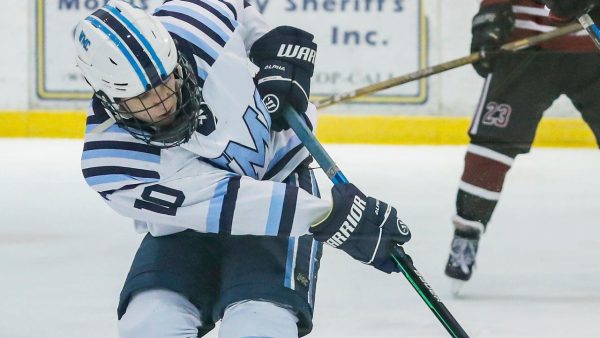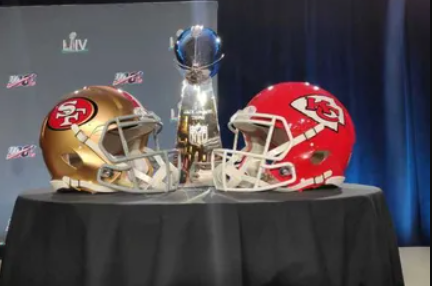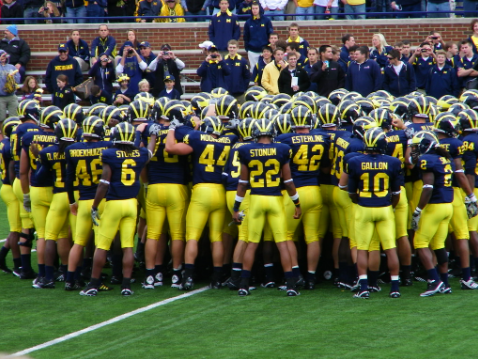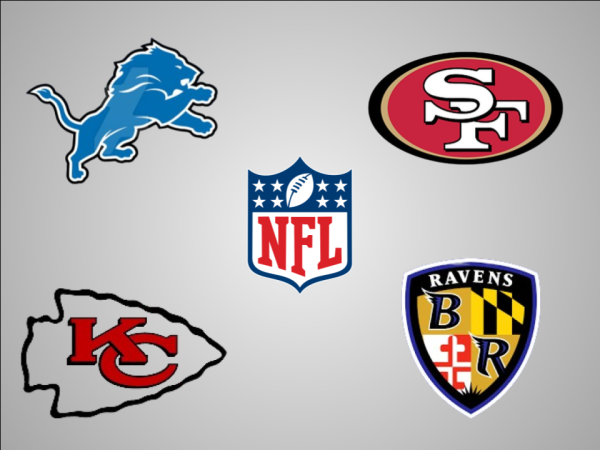2023 MLB Rule Changes: How Teams are Preparing for the New Season
While winter weather and storms take a firm hold on the majority of the United States, professional baseball players are basking in far more temperate climates in Arizona and Florida during Major League Baseball’s spring training season. The first games began on February 18, 2023, as the Texas Rangers faced the Kansas City Royals in Surprise, Arizona. Beginning with these pre-season games, however, baseball will look quite a bit different than in years past.
The 2023 season brings three significant rule changes to professional baseball, intending to shorten game times, increase offense and improve safety. The MLB will be introducing a new pitching timer, increasing the size of the bases, and eliminating the “defensive shift” starting this season. All three of these new rules were tested in the MLB’s minor league systems in 2022.
Starting during the 2023 season, pitchers will now have a time limit to deliver their pitches – twenty seconds with runners on bases or fifteen seconds when the bases are empty. If a pitcher does not start to throw before the timer ends, a ball will be called. There will also be a thirty second timer in between batters, and hitters must enter the batter’s box by the eight second mark or be charged with an automatic strike.
The new pitching timer has ultimately been implemented in attempts to speed up the pace of baseball games, which averaged over three hours during the 2022 season. During the rule’s testing, games were twenty-five minutes shorter on average than before. The MLB pitch clock also brings a new pickoff rule with it. Pitchers will be limited to only two “disengagements from the mound” per batter. That means that a pitcher can only try to pick off the runner or step off the rubber twice. A pitcher may disengage a third time, but unless an out is recorded or the runner advances a base, the disengagement will result in a balk, meaning all runners advance one base. This will likely encourage more base stealing.
In addition to the pitching timer, the league is also expanding the size of bases in 2023, enlarging them from fifteen square inches to eighteen square inches. Home plate will remain the same size.
The primary reason for an increase in base size is safety. The larger area will give fielders and runners more room to share the base without running the risk of crushing each other’s feet. However, increasing the bases by three inches on each side means that the bases are now four and a half inches closer to each other. The distance from home plate to first base, and third base to home will be three inches shorter. Those few inches could prove to be crucial for base stealers or for “bang-bang” plays, where the ball and the runner reach the base at nearly the same time.
In recent years, a baseball tactic referred to as the “defensive shift,” has been gradually adopted around Major League Baseball. A team will move one or more infielders to the opposite side of the diamond to defend better against “pull hitters,” batters who frequently hit to right field if left-handed or left field if right-handed.
A new MLB rule for 2023 will end the most common defensive shift of moving a shortstop over to second base or second baseman over to shortstop, with one of them in shallow outfield. Starting this season, teams must have at least four infielders at all times, with two infielders on each side of second base. Those four infielders must also be standing with both feet on the infield dirt. However, teams can still bring in an extra outfielder to have five infielders.
The above three rules are the most notable changes to professional baseball this year, however the MLB is also expanding the “ghost runner” in extra innings to playoff games and making the rule permanent. They are also tightening the restrictions on position players pitching as well In order for a non-pitcher to take the mound, one of three criteria must be met: the game is in extra innings; the player is on a team losing by eight runs or more; or the player is on a team winning by ten runs or more in the ninth inning.
The MLB’s regular season officially begins on March 30, 2023. All thirty teams – fifteen games – are scheduled to play on Opening Day, which marks the first time since 1968 that every team is playing its first game on the same day. With a multitude of new regulations implemented starting this year, this season will certainly be one to remember.
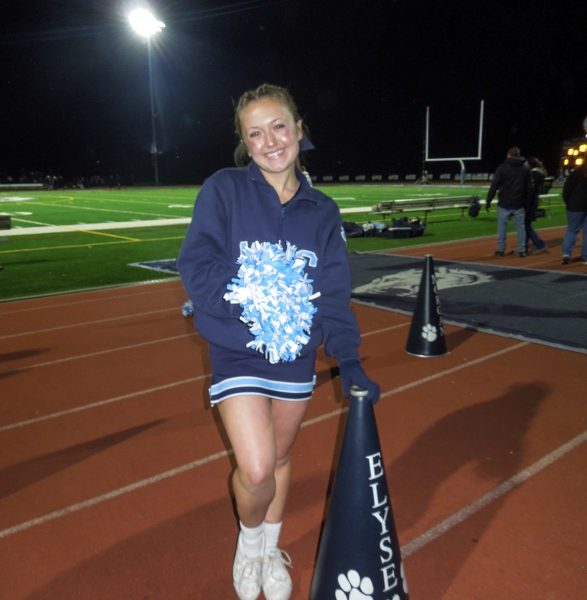
Elyse Cuccaro is a junior at West Morris Central. She is beyond excited to continue writing for The Paw this school year as the Editor-in-Chief. Elyse...






